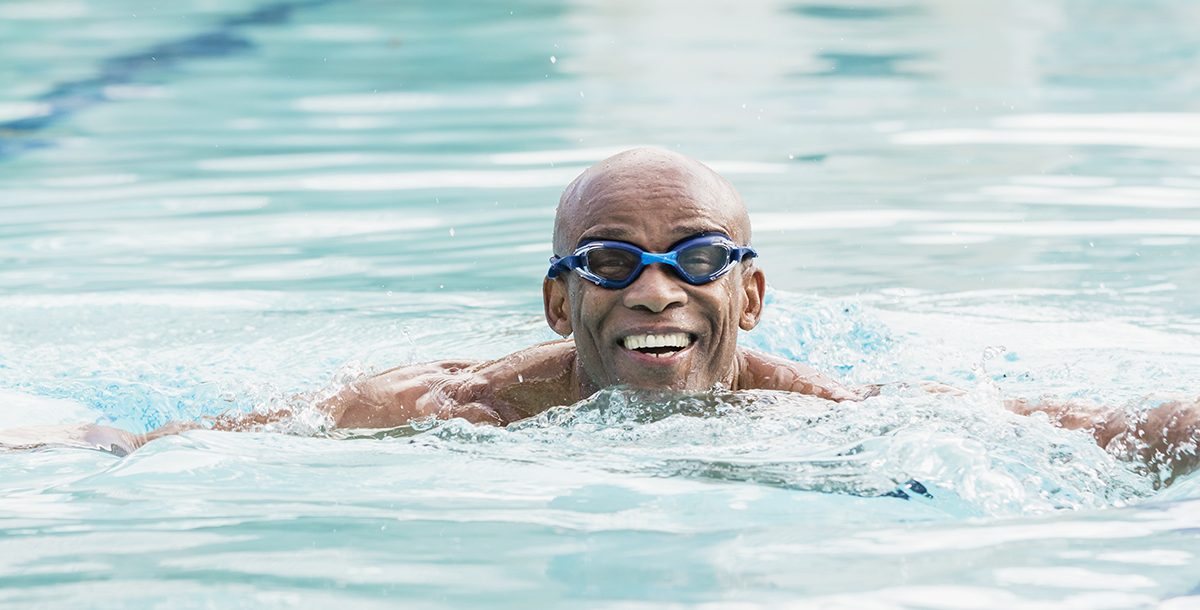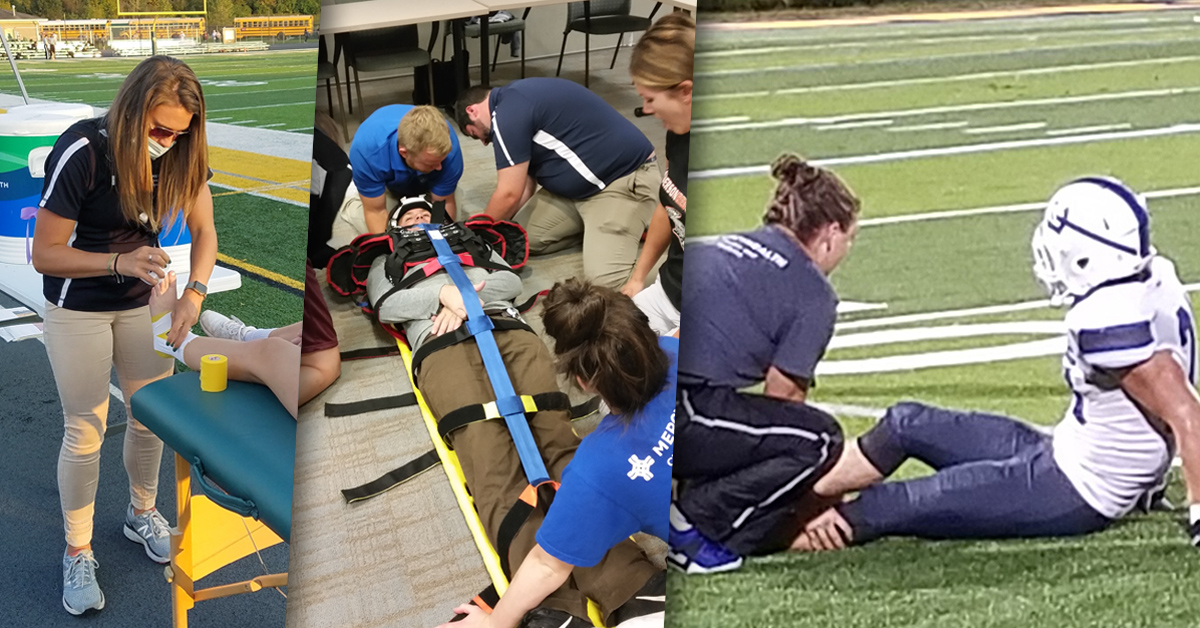Swimming is not only a popular summer activity, it’s a sport and form of exercise that most people can partake in regardless of age. Swimming is a full-body workout that improves overall health.
What are the health benefits of swimming?
Swimming provides an aerobic workout while building strength. This means you are getting a cardiovascular workout that improves your endurance while working your muscles at the same time. The stress on the joints is minimal during swimming, making it an ideal workout for those with arthritis or pain.
Although there are different types of swimming strokes, most people can master at least one and still get a full-body workout. Some people even find swimming to be a stress reliever and an activity that helps improve their mental health.
Overall, being a low-impact workout makes swimming safe enough to do on a daily basis. Plus, the ease of working out in the water may make it easier to stick to swimming as opposed to some other types of exercise that feel more challenging because they make you hot and sweaty.
Is swimming good for weight loss?
Swimming burns a lot of calories, which makes it a smart choice for those aiming to lose weight. You burn significantly more calories swimming than you do with other forms of aerobic exercise.
While some who are overweight might struggle with other forms of exercise, swimming and water-based aerobics tend to be easier to perform even though these challenge the body. And since swimming helps build muscle, you will burn more calories even when at rest.
How do I start a swimming exercise routine?
First things first, before starting any new exercise routine, be sure to consult with your primary care provider beforehand. They will know your health history and will be able to tell you if swimming is a safe exercise for you.
Next, always swim where there is a lifeguard present and make sure the pool is well maintained with chemicals at the proper levels. If swimming in a lake or ocean, it is important to note that this is more difficult and requires strong skills. Therefore, lakes and oceans are not the best option for beginners.
Begin swimming with shorter workouts. Aim for 15 to 20 minutes as swimming is more taxing than you might think. Just like you would with any workout, you’ll want to warm up. Try warming up at a slower pace for four to six laps depending on the length of the pool. Next, pick it up to a more moderate pace and aim for six to 10 laps. Try to increase your speed for four more laps. You can mix in using a kickboard for laps as you build up your stamina.
If at any time you feel cramps or lightheaded, get out of the pool and take some deep breaths while sitting at the side. Work up to adding in more laps at different exertion levels as time goes on.
Learn more about the primary care and sports medicine services we offer at Mercy Health.






